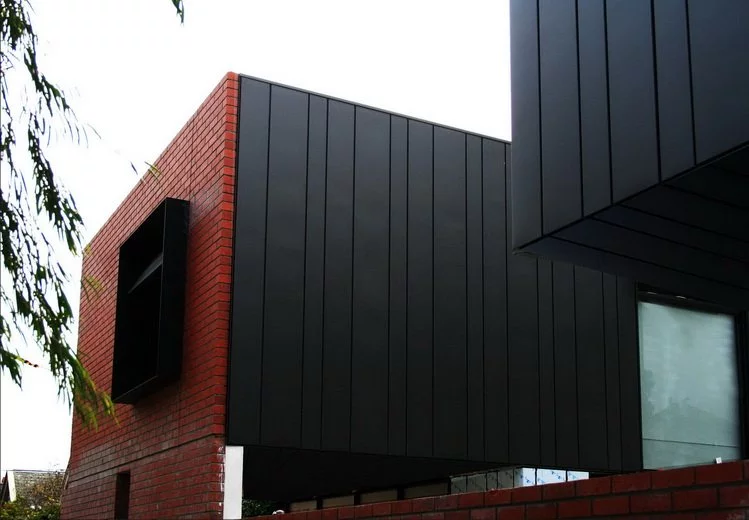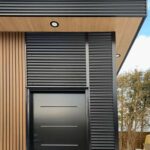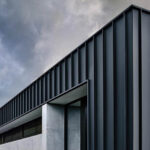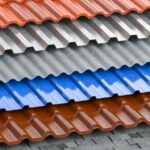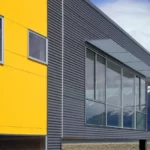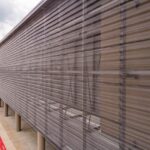When it comes to interior and architectural design, selecting the right materials can be pivotal in achieving the desired aesthetic and functionality. Cassette panels and plywood are two versatile options that often find their way into these projects. However, understanding the differences between them is crucial in making informed design choices. In this comparative analysis, we delve into the world of cassette panels and plywood, exploring their characteristics, applications, and considerations to help you make the right decision for your design endeavors.
Cassette Panels: A Modern Design Marvel
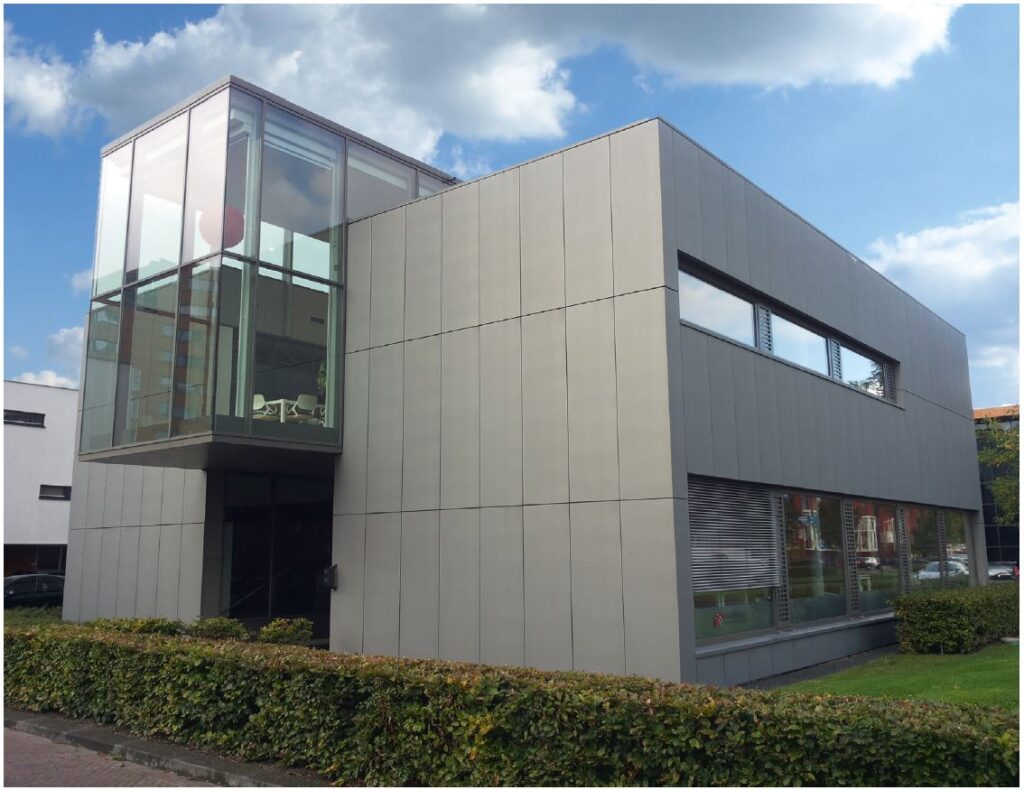
1. Contemporary Aesthetics
Cassette panels are known for their sleek, contemporary appearance. They feature clean lines and often have a minimalist design that aligns well with modern architectural styles.
2. Lightweight and Versatile
Cassette panels are lightweight and versatile, making them suitable for various applications. They can be used for cladding, ceilings, and interior partitions, offering flexibility in design.
3. Durability and Weather Resistance
Many cassette panels are constructed from materials like metal or composites, making them highly durable and resistant to weather conditions. They are often used for exterior applications.
Plywood: Time-Tested Tradition
1. Natural Aesthetics
Plywood exudes a warm and natural aesthetic. Its visible grain patterns and texture give spaces a sense of character and depth, making it a preferred choice for rustic or traditional designs.
2. Strength and Stability
Plywood is known for its strength and stability. It can withstand heavy loads and is often used in structural applications like subflooring and sheathing.
3. Versatility in Finish
Plywood offers versatility in finishing options. It can be stained, painted, or varnished to achieve different visual effects, making it adaptable to a wide range of design styles.
Considerations for Your Project
1. Design Style
The choice between cassette panels and plywood largely depends on your design style. If you aim for a contemporary or minimalist look, cassette panels may be the way to go, while plywood complements more traditional or rustic aesthetics.
2. Application
Consider the intended application of the material. Cassette panels excel in exterior cladding and sleek interior designs, whereas plywood is well-suited for structural elements and surfaces that require a natural appearance.
3. Budget
Budget constraints can play a significant role in your decision. Cassette panels, especially those made from premium materials, may be costlier than plywood, which is generally more budget-friendly.
4. Maintenance
Think about maintenance requirements. Cassette panels often require less upkeep, while plywood may need periodic refinishing or sealing to maintain its appearance.
What are cassette panels and plywood, and how do they differ in terms of materials and construction?
Cassette panels are typically made from metal or composite materials and are known for their contemporary aesthetics. Plywood, on the other hand, is a layered wood product that exudes a natural appearance.
What design styles are best suited for cassette panels, and where are they commonly used?
Cassette panels are ideal for contemporary and minimalist design styles and are often used for exterior cladding, ceilings, and modern interior partitions.
In what applications does plywood excel, and how does its natural aesthetic contribute to design?
Plywood is known for its strength and stability, making it suitable for structural applications like subflooring and sheathing. Its natural aesthetic with visible grain patterns adds character to traditional or rustic design styles.
What factors should I consider when choosing between cassette panels and plywood for my project?
Consider your design style, intended application, budget, and maintenance requirements. Your choice will depend on your project’s specific needs and aesthetic preferences.
Are cassette panels more expensive than plywood, and do they require less maintenance?
Cassette panels, especially those made from premium materials, can be costlier than plywood. They often require less maintenance due to their durable and weather-resistant properties.
Can plywood be used for contemporary or minimalist designs, or is it primarily suited for traditional styles?
Plywood can be adapted to contemporary designs through creative finishing and applications. While it is often associated with traditional styles, its versatility allows it to complement a range of design aesthetics.
Are there any structural differences between cassette panels and plywood that affect their applications?
Yes, cassette panels are typically used as cladding or decorative elements and may not have the structural strength of plywood, which is commonly used in structural applications like subflooring and sheathing.
Can cassette panels and plywood be used together in a design project to achieve a unique aesthetic?
Yes, combining cassette panels and plywood in a design project can create an intriguing contrast between sleek modernity and natural warmth, adding depth and character to the space.
Where can I find high-quality cassette panels and plywood materials for my design project, and what professionals can assist with installation?
High-quality materials and installation professionals can be found through architectural material suppliers, design studios, and contractors specializing in interior and architectural design. Consulting with experts is advisable for successful project execution.
Both cassette panels and plywood have their unique strengths and applications in interior and architectural design. The choice between the two ultimately depends on your design vision, budget, and project requirements. Whether you opt for the sleek modernity of cassette panels or the timeless charm of plywood, understanding the characteristics and considerations of each material will help you create spaces that are not only functional but also aesthetically captivating.

